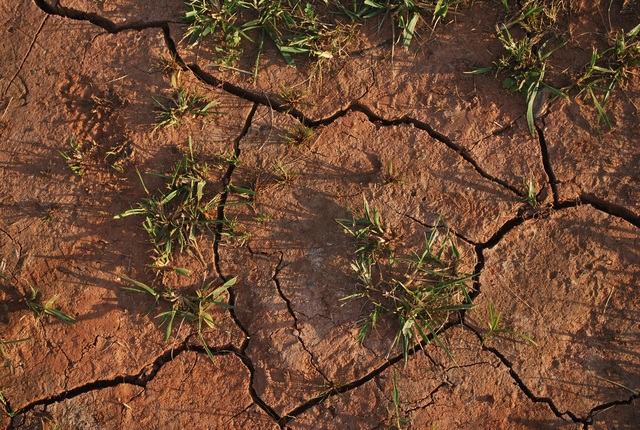Farmers impacted by drought conditions will receive more support as Surf Coast Shire Council updates its advocacy priorities.
Council unanimously adopted its drought relief and resilience measures and decided to continue advocating for the state government to abandon or amend the emergency services and volunteer fund (ESVF) during June 24, meeting.
The new advocacy priorities will build on its existing support and consider rural community needs by identifying and delivering measures that support resilience and wellbeing.
Councillor Libby Stapleton said tackling the environmental drought issue was important as it could lead to “land degradation, biodiversity loss and long-term watering security”.
“The stress of ongoing dry conditions affects community wellbeing and mental health, particularly among isolated or vulnerable residents,” she said.
“We know that prolonged drought threatens the viability of farming businesses, with flow-on effects on rural employment and local supply chains.
“It is up to each of us to support this work to help mitigate and adapt to a changing climate and to do what we can to try and address the increasing risks the drought presents.”
Cr Paul Barker said local government’s role involved “removing barriers, sharing information and standing beside the community”.
“(Council will) continue to advocate to the state government to abandon or amend the ESVF,” he said.
“While this stems from a previous council resolution, this is the most supportive position of Surf Coast residents and ratepayers I’ve seen in my five years in this organisation.
“If we continue this trend of looking at our Surf Coast locals as being attacked by the state and can be there to defend them from these attacks, you’ll see the community support of what we do skyrocket.”
Surf Coast Shire has experienced 15 consecutive months of below-average rainfall since February last year, with the Bureau of Meteorology (BoM) identifying current conditions as severe.
BoM’s long-range forecast for May to July indicated rainfall will likely be below average across south-west Victoria, with consistent and steady rainfall needed throughout winter and spring to enable reliable crop growth.







